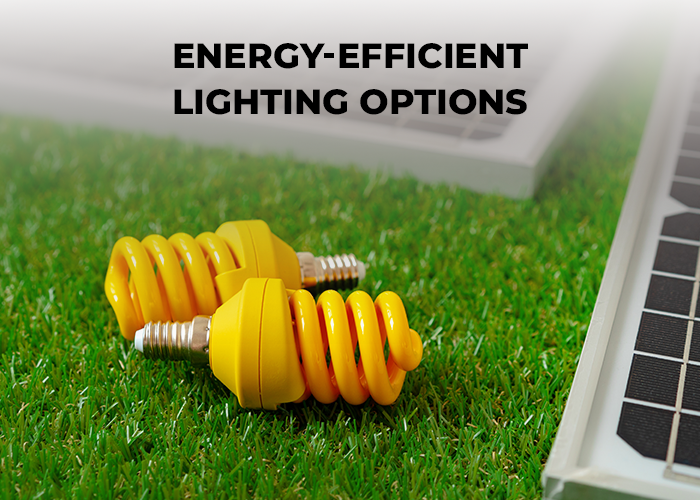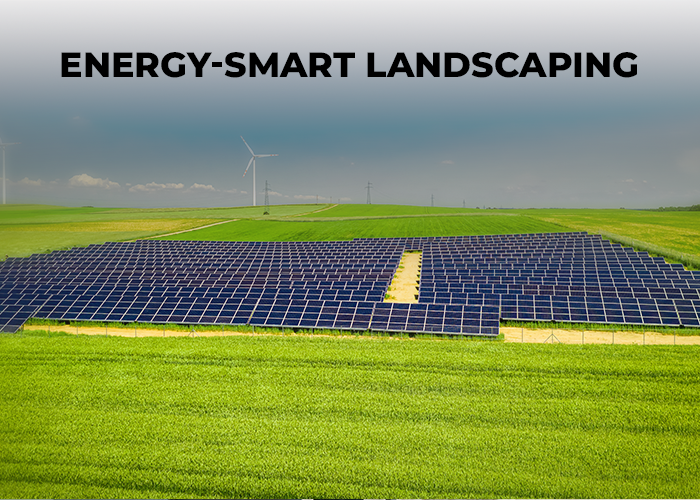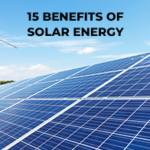Energy Conservation Techniques and Tips to Save on Energy Bills
As energy usage reaches unprecedented heights, finding ways to conserve electricity and lower our carbon footprint has never been more essential.
Energy conservation not only protects our environment; it can also yield substantial cost-cutting measures on utility bills. In this article, US Energy Discount shares effective energy conservation techniques and practical advice that will enable you to save energy costs in 2023.
What Is The Conservation Of Energy?
At its heart, energy conservation means using less energy to reduce costs and minimize carbon footprint. This could result in you using less gas, electricity, or any other energy you obtain from your utility company, and you pay for it.
With limited energy resources in the world, conserving electricity as much as possible benefits you and our overall energy systems.
You can conserve money and energy in your home by implementing several simple strategies. In that case, you will be able to lower carbon dioxide emissions and reduce the use of natural resources in your residence’s power.
Commercial buildings may significantly impact energy use, but there are many things you can do each day at home.
Energy Conservation Techniques
Change Over to LED Lighting
One of the easiest and most efficient ways to conserve electricity is switching to LED (light-emitting diode) lighting. LED bulbs are energy-saving alternatives that last much longer than their incandescent counterparts.
Replacing all your incandescent bulbs with their energy-efficient counterparts could lower energy use significantly while cutting costs on electricity bills significantly.
Energy-intensive HVAC systems
Household heating and cooling systems consume much energy; to optimize this area of energy consumption:
- Put your thermostat in an appropriate setting – even minor changes, such as dropping it by just a few degrees during winter and raising it during summer, can add to significant energy savings.
- Additionally, ensure your home is adequately insulated to minimize heat loss in winter and gain in summer.
- Ceiling fans effectively disseminate cool air during summer months and allow your air conditioning unit to set higher temperature settings without using too much electricity.
Insulate your water heater and hot water pipes to reduce heat loss, then lower its temperature setting for maximum energy savings.
Unplug Idle Electronics
Even when turned off, many electronic devices consume energy while sitting idle, and add up your electricity use by unplugging devices.
Or using power strips with on/off switches or unplugging chargers, laptops, gaming consoles, or other non-essential electronic items when not in use to maximize savings and energy conservation techniques.
Use Power Strips
Many electronics and appliances continue to drain energy even when turned off yet still connected, known as standby power or vampire power, leading to substantial amounts of wasted energy consumption.
Unplug devices when not being used or use power strips with built-in switches to turn off multiple devices quickly.
Energy-Efficient Lighting Options

Switching to more energy-efficient lighting options can dramatically impact your energy consumption. Replace traditional incandescent bulbs with energy-efficient ones like compact fluorescent lamps (CFLs) or light-emitting diode bulbs – they use significantly less electricity, last longer, and provide equal or better illumination than their incandescent predecessors.
Weatherproof Your Home
You can reduce your cooling and heating costs by weatherizing your home. The vents, windows, and doors are the most frequent places where air can leak into your home.
Ensure no cracks or gaps between the walls and the vent or window to avoid leaks.
You can use weather stripping for cracks in moving objects, like operable windows and doors. Caulking and weather stripping are simple methods of air sealing that usually yield an ROI in less than one year.
Air leaks can happen through holes in the floor, wall, and ceiling caused by plumbing, ducting, or electrical wiring.
The air that escapes from your home’s walls comes from your home’s interior to the attic through tiny gaps. It could be through lighting fixtures, ducts, or the attic hatch.
Because heating energy flows naturally between cooler and warmer areas, the tiny cracks can cause your heating bill to be higher if the attic isn’t adequately well-insulated to reap the full benefit that you can save from weatherization, think about insulating your home completely.
Insulation
Inadequate insulation can result in significant energy losses. To limit heat transfer and ensure a pleasant indoor temperature, ensure all walls, ceilings, and floors are adequately insulated. To reduce heat transfer while sealing air leaks around windows, doors, and ductwork to reduce drafts and save energy wastage.
Energy-Smart Landscaping

Strategic landscaping planning can reduce energy use. Planting trees and shrubs around your home to provide natural shade may lower cooling needs while using vegetation as insulation in winter months can also save energy use.
Utilize Natural Lighting
Take advantage of natural daylight during daytime hours to reduce artificial lighting needs in your home and help save on energy consumption costs while creating an inviting atmosphere in your living spaces.
By opening curtains, blinds, and windows that receive ample natural lighting in well-lit areas in your house. You will increase its intensity allowing more of it in and saving both money and creating warmth and coziness within.
This simple habit not only saves on costs but creates heat too!
Effective Appliance Use
Here are a few strategies to optimize their usage:
- Maintain a well-kept refrigerator and freezer to maximize efficiency by inspecting seals regularly and defrosting when necessary.
- Run full loads when using a dishwasher, washing machine, or dryer to optimize energy efficiency and use energy-saving features available on appliances whenever feasible.
- Finally, remember to weatherize your home correctly!
- Weatherizing your home can significantly lower energy usage by sealing air leaks and improving insulation.
Caulking and weather-stripping windows and doors to stop drafts. Insulating attic, walls, and floors to reduce heat transference and installing double-glazed windows or adding window films as additional insulation solutions.
Conclusion
Energy conservation has never been more crucial.
Adopting energy-saving techniques and tips can significantly decrease energy usage, lower your bills, and create a greener world.
Consider adopting LED lighting, optimizing heating/cooling operations, adopting efficient water heating practices, unplugging idle electronics, using natural lighting sources more strategically, optimizing appliance usage more effectively, and weatherizing homes as part of an overall sustainability commitment.
Every small change counts towards conserving electricity and saving money long term – join me in building this change!
Let us together create a greener world! Let’s join together on working towards making it a green future together!





